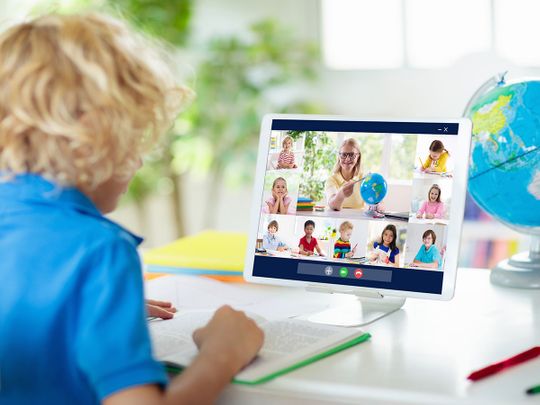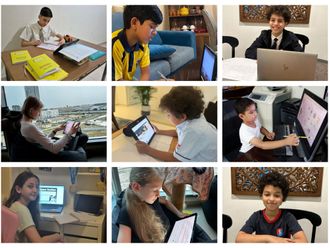
As schools prepare to reopen for the new academic year, they need to finalise their e-learning strategies as hybrid pedagogical structures are destined to be the new normal. There are five major trends shaping education and pedagogy today that can be seen as the building blocks for developing e-learning frameworks.
Blended learning or technology usage now takes the centre stage in the classroom, which needs to empower all three constituents of the digital class – student, teacher and the IT arm.
To build an e-learning framework, the first step is to identify a robust Learning Management System (LMS) that enables students and teachers to not only interact with each other but also assists in everything — from lesson planning to attendance management in a digital environment. The second step is to narrow down on a monitoring system for classroom devices so that the teacher feels back in control in an online environment. Very often the adoption of a LMS fails because the teacher cannot deal with the loss of control of the class, so enabling them to have a command centre on their device, which allows monitoring and control of the student devices, is the crucial link that allows transitioning from an offline environment to an online environment painlessly.
And to support the third stakeholder in the class — the IT arm of the institute — the school needs to have a monitoring system and dashboard for IT assets so that the IT team can support the new digital setting in the best way possible.
Digitisation of content needs to become a priority. Collaborative ecosystems with publishers need to be set up and tools which can take in large volumes of content and digitise within a matter of weeks, should be incorporated. True evolution is when this content is interactive and not just digitised.

New age technologies such as virtual reality and mixed reality need to become a part of the pedagogical fabric to create immersive engagement.
Once the necessary tools and content are in place, student centricity or flipped classroom concept, which is a key element of an e-learning model, needs to be incorporated. The teacher has to morph from being an instructor to a facilitator who is a master orchestrator of all the tools at their disposal. Also, empathy and emotional quotient become very sought after attributes in teachers in the new age.
The next step is to personalise each student’s journey. For personalisation to take place in the digital world and support e-learning, artificial intelligence and machine learning have to become integral components of the school’s LMS. Understanding the pace and style in which each child learns is crucial to achieve outstanding outcomes.
And lastly, new age technologies such as virtual reality and mixed reality need to become a part of the pedagogical fabric to create immersive engagement. Learning is a function of memory and understanding and both attributes interweave throughout the learning process. Powerful memories and masterful understanding therefore make for deeper learning; and both rely on strong anchors. These are created when multifaceted sensory engagement takes place and emotional responses are the outcome. The final step in creating a fully scaled-up model of e-learning is to utilise appropriate new age VR and AR tools plus content.
—The writer leads the Education Business Vertical for Middle East, Africa and Eastern Europe at HP Inc.













